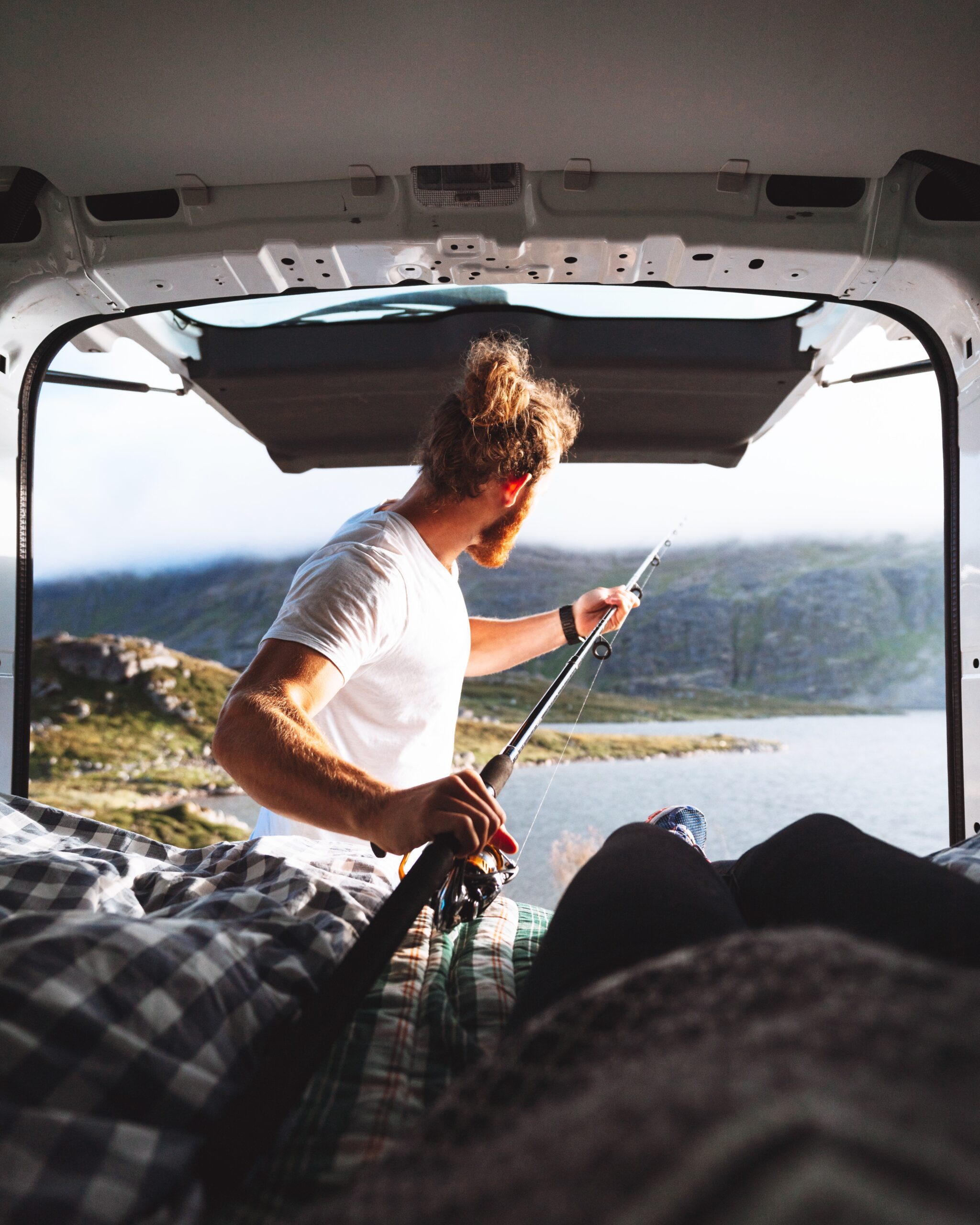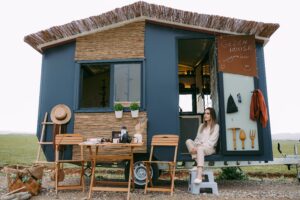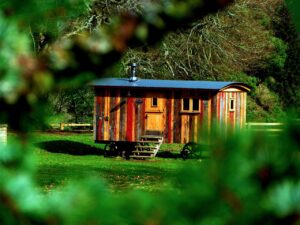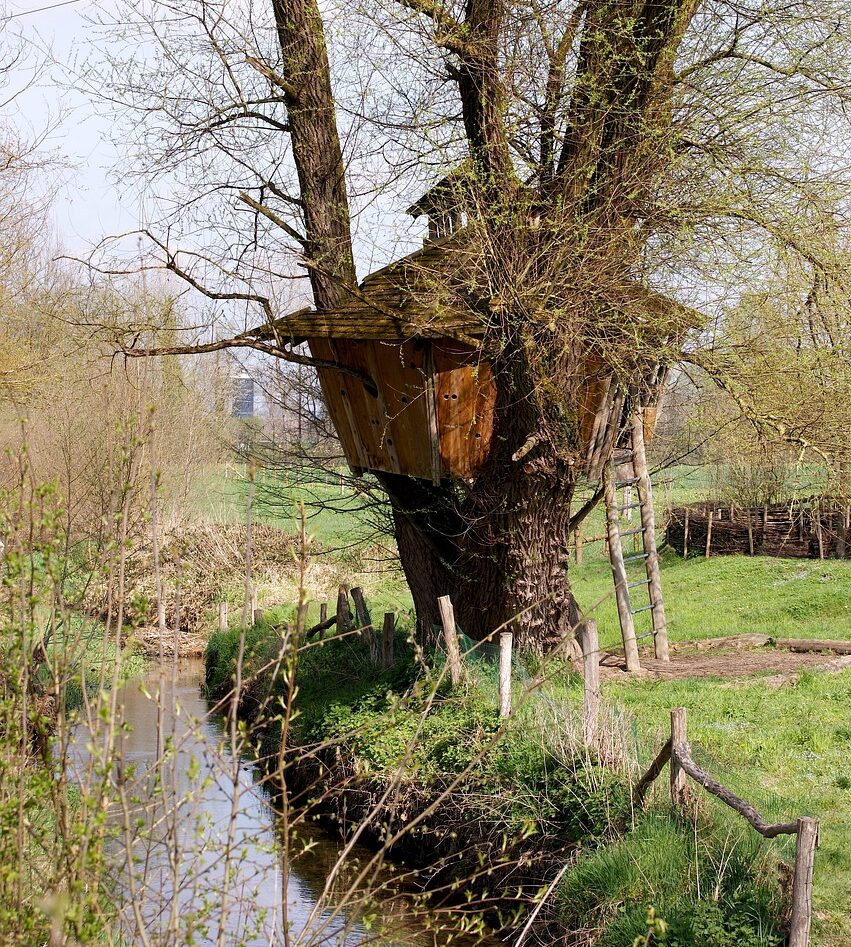Gypsies. Hobos. Travelers. Migrants. Nomads.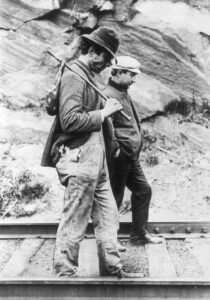
Over the centuries, there have been a number of names given to people (whether they operate independently or as a community) who move from place to place, either having no fixed location, or having a defined migratory loop that they make seasonally (possibly with permanent housing at each stop). In fact, humanity has spent more time living as nomadic or semi-nomadic people than we have spent settled permanently in just one spot.
As agriculture made farming communities and cities possible, fewer and fewer people continued to be nomadic. But even in societies that are settled in one place, there have always been some people who don’t want to stay in the same place all the time and long for travel and adventure. Many of these people translated their love of moving around into jobs like exploration, trading/merchanting, or migrant labor.
Why Be a 21st Century Nomad?
There are still people today who choose to have a nomadic lifestyle, either temporarily or permanently. Some people like outdoor adventures and being nomadic allows them to explore new locations or go to where the weather matches the activity they want to do (e.g. move to the mountains in the winter to ski; move north in the summer to have cooler temps for hiking, etc.). Some people are homeschooling their children and taking them to experience places for themselves, instead of just reading about them in a book, is part of their education plan. Some people get bored easily and they find that being a seasonal migrant worker, moving from summer resort towns to winter ski resorts, allows them to keep their life fresh seeing new places, meeting new people, and doing a wide variety of jobs.
 Being nomadic is also a good way to position yourself to take advantage of available jobs during economic downturns. During the Great Recession in 2008, fracking took off in places like North Dakota. I remember speaking to one of my Facebook friends who had lost her job and had not been able to find anything for a long time. I asked her if she had considered moving to one of the fracking boom towns because there were all sorts of jobs available at higher-than-average wages, and not just working for the oil companies. Hotels, restaurants, retail, etc. were all booming thanks to the sudden influx of people. They couldn’t get enough people. She said that she had thought about it, but she had a house and felt it was too difficult to sell out and move to where the jobs were. This is a prime example of how being nomadic in bad economic times can be an asset.
Being nomadic is also a good way to position yourself to take advantage of available jobs during economic downturns. During the Great Recession in 2008, fracking took off in places like North Dakota. I remember speaking to one of my Facebook friends who had lost her job and had not been able to find anything for a long time. I asked her if she had considered moving to one of the fracking boom towns because there were all sorts of jobs available at higher-than-average wages, and not just working for the oil companies. Hotels, restaurants, retail, etc. were all booming thanks to the sudden influx of people. They couldn’t get enough people. She said that she had thought about it, but she had a house and felt it was too difficult to sell out and move to where the jobs were. This is a prime example of how being nomadic in bad economic times can be an asset.
A successful man is one who can lay a firm foundation with the bricks others have thrown at him.
David Brinkley
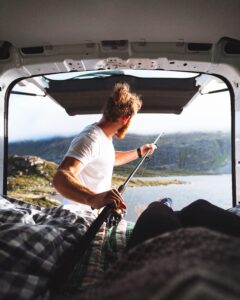 Nomad Options
Nomad Options
But sometimes hard times come along and the nomadic lifestyle isn’t a choice, but forced on people by circumstances, and they find themselves homeless and couchsurfing with friends, family, and sometimes strangers, living out of the backseat of their car in a Wal-Mart parking lot, sleeping in whatever homeless shelter has room, or they’re reduced to a tent or cardboard box wherever they can find a spot where they won’t be bothered for a night or two.
But this blog is all about keeping people out of the cardboard box, so before circumstances default you to the box, let’s look at some ways you can get something a bit better for yourself:
- Employer-Provided Housing
- Bike/Micro Camper as Temporary Shelter
- Car, Minivan, Pick-up Truck Living
- International Living
- Cargo Van, Box Truck, Bus Conversions
- Campers, RVs/Motorhomes, Storage Trailers, Truck Slide-Ins
- Tiny Houses on Wheels
- Boats
No Excuses
And before you say, “I can’t do this because . . .” watch the videos in each post. Even if you know, for a fact, that you don’t want to live out of a hatchback car, watch the videos of the people doing it anyway. If you watch all the videos, you will see there are women doing this alone, young couples doing it together, homeschooling families, people with pets, retired people, fit people and people with health complications, people of all races and ethnicities, people in the desert Southwest and people in the Great White North, people with huge budgets and people with only $100 to spare. Every style is possible: sleek and modern, Cottagecore, bohemian, rustic cabin, high-tech. Every skill level is represented as well, from cobbling together some thrift store furniture pieces to high-end carpentry, plumbing, and electrical work.
Some of the videos show the entire construction process, some show an abbreviated version, and others just show the tour. But if anything interests you, you can search YouTube for more complete directions. (Many people who do a walk-through of their set-ups also have more detailed videos of the build process, so if you see something you like, start by searching their channel or going to channels they cite as their own guide.) When talking to my mother about taking her next house off-grid, she said she didn’t know anything about electrical or solar. So I watched some videos on basic wiring theory and how a simple solar system with panels and an inverter work. (Very simple and obvious set-up once you see it done.) So if you want to do something, you can find videos showing you how to do it. If one doesn’t make sense to you or isn’t applicable to your situation, watch a different video; eventually you’ll hit on one that makes sense and you can see how to apply it to your situation.
No Hotel Needed
Regardless of what kind of house on wheels you end up with, here’s a list of 25 places where you can safely sleep while you’re on the road. Some of these options require that you be in 100% stealth mode, but some work even if you’re in something obvious, like a camper:
